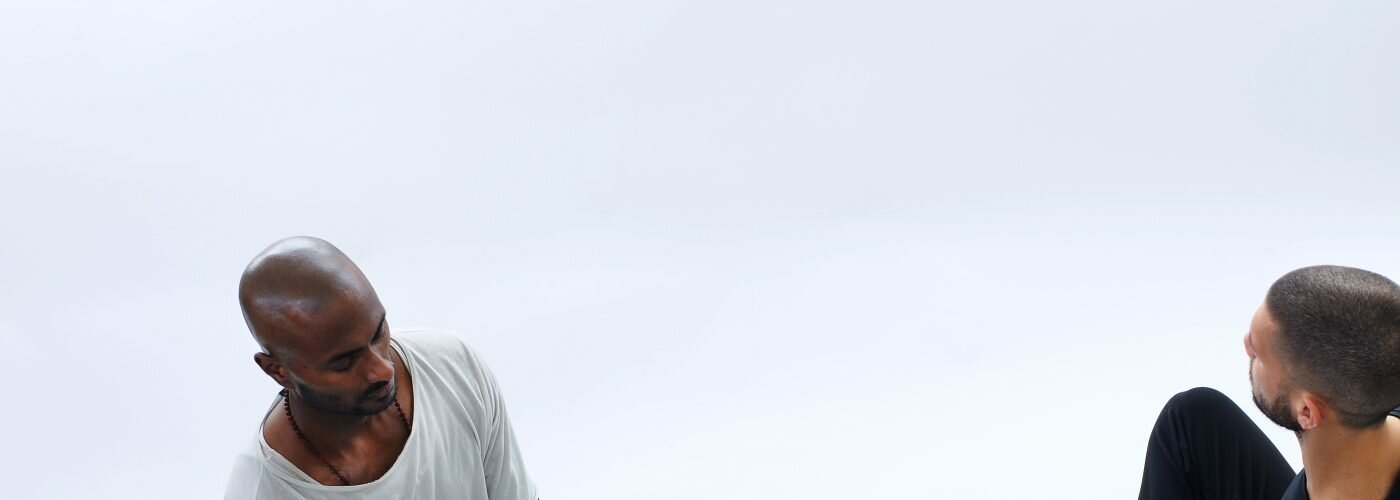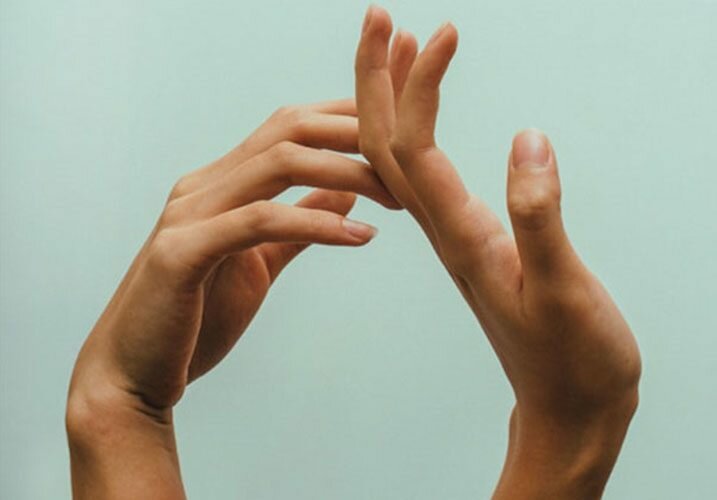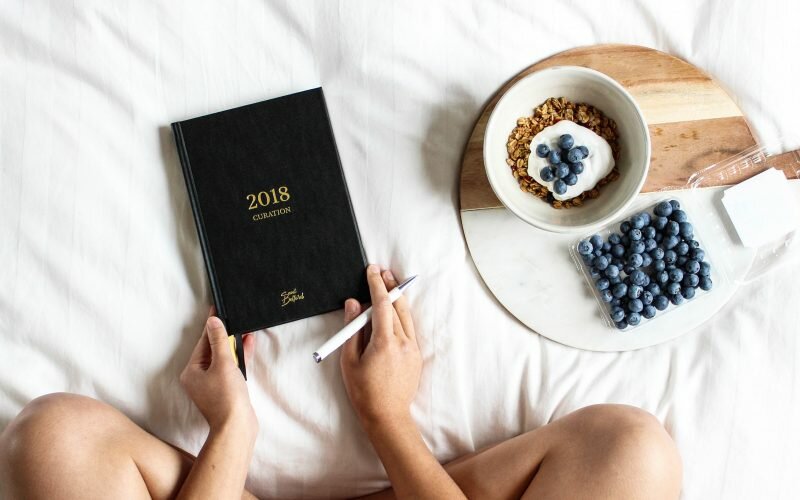Learning how to meditate isn’t difficult, and if you’re open to noticing, the benefits can be quickly realised. Here, we offer you a basic guide to calm your mind, focus your attention, open your heart and learn more about yourself. So get comfortable and take a few minutes to sit with us in this space.
What is meditation?
Simply put, meditation trains our minds. For majority of us living in the centre of modern, human life, distraction is the norm. Our thumbs often push us into a state of FOMO; wishing we were somewhere or someone else. And if it’s not the future our minds are living in, it’s the past: dwelling and fretting on what could’ve or should’ve been. One of the many benefits of meditation lay in its ability to bring us back to the present moment and provide us with the tools and techniques to become calmer, focused and compassionate with ourselves and the people around us.
“Meditation is the practice of concentration and mindfulness leading to insight. Self-discovery is seeing clearly who you are.” — Sharon Salzberg
What forms of meditation are there?
There are many forms of meditation. Some religious and some secular. What is most important is to understand which form, tools and techniques work for you. Identifying this will ultimately allow you to develop the habits needed to truly experience the profound benefits of meditation. The discipline we explore throughout our classes, workshops and programs is known as mindfulness meditation, which is inspired by the Buddhist meditation practices of samatha (the calming of the mind) and vipassana (the revealing of insights). Given the nature of this guide, we’re not going to jump into the deep and insightful wells known as samatha and vipassana, but we will provide you with an overview of mindfulness meditation.
Mindfulness meditation is the practice of noticing what is happening in the present moment and training ourselves to accept it for what it is rather than judging it for what it is not. Contrary to what many believe, the goal isn’t to stop your thoughts or remove them from your mind. Instead, we encourage ourselves, through specific techniques, to pay close attention to physical sensations, thoughts, feelings and emotions that are occurring now, here, in the moment without judgement.
What’s the difference between mindfulness and meditation?
Both start with the letter ‘M’ and are often considered synonyms, but it’s important to note the difference before embarking on your meditation and mindfulness journey.
It’s easiest to think of mindfulness as a state of being; the awareness of what is happening in the present moment without judging or criticising it, but rather appreciating and accepting it for what it is. Meditation, on the other hand, is the practice of focusing our attention, which enables us to experience mindfulness. In summary, meditation provides us with tools and techniques to be more mindful.
How do I get started?
Here are some simple steps you can take to start your mindfulness meditation journey….
Step 1: Select a consistent time and a place
Selecting a time and place to practice will come down to trial and error. What’s most important is understanding what works for you and then sticking to it. Consistency is the key to success.
Step 2: Find a comfortable posture
Once you’ve selected a time and place, find a comfortable seat or posture. For many of us who are used to sitting in chairs all day, the idea of sitting on the ground crossed legged can be quite daunting. However, we highly recommend simple seated postures such as easy pose, the Burmese position or the Seiza sitting pose. For now, though, sit down on the edge of a seat; elongate your spine; rest your hands (right on top of your left) on your lap; relax your shoulders and steady your gaze.
Step 3: Close your eyes and breathe
With a comfortable posture and a steady gaze, you can now begin to slowly close your eyes; take a few deep breaths (inhale through the nose and exhale slowly through the mouth) and consciously relax your body from head to toe.
Step 4: Observe and then select a sensation
Stop to notice the many sensations occurring throughout your body — your body placed against the chair, your feet touching the ground or any discomfort. It’s important here to be aware of them without reacting to them. Once you’ve observed the sensations, select a specific one (e.g. your breath entering and exiting your body) and focus your attention on it.
Step 5: Bring your mind back to the sensation
Like a puppy in a park, your mind is bound to wander over and over again; chasing thoughts as they come in. The practice is noticing that your mind has wandered and bringing your attention back to a sensation (often the breath) and the present moment.
Step 6: Slowly open your eyes and enjoy your day
When you’re ready — whether that’s 1 minute, 5 minutes or 10 minutes — slowly open your eyes. Remember that even though your meditation practice has ended, your mindful state can continue throughout the day.






